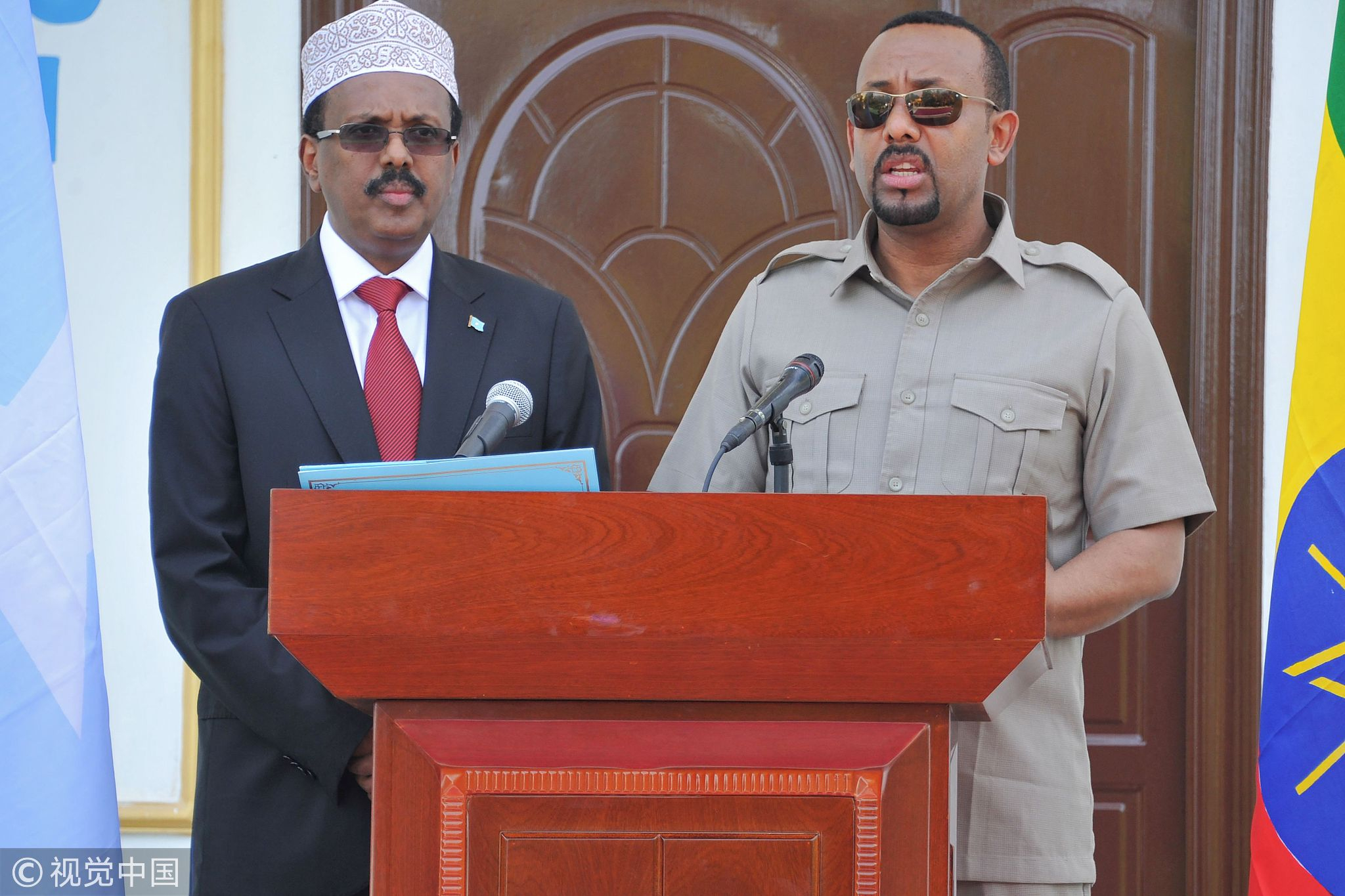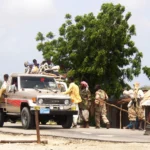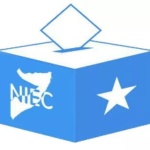As Ethiopia grapples with the ongoing conflict between its federal government and the Tigray region, the consequences will be felt both internally and regionally. Ethiopia, under the leadership of the late Meles Zenawi (1995-2012), emerged as a key player on the international and regional stage, achieving significant economic growth, infrastructure development, and a strong presence in international forums and peacekeeping operations. With its large population, ancient history, territorial size, and strategic location, Ethiopia has positioned itself as a regional hegemon (Gouriellec, 2018; Verhoeven, 2015). At the same time, the country established political stability through its ethnic federalism constitution, which addressed internal strife that had plagued Ethiopia for decades.
However, the ongoing conflict in the Tigray region threatens to undermine Ethiopia’s regional power and internal stability. The repercussions will extend beyond Ethiopia, engulfing neighboring countries such as Sudan, Eritrea, Djibouti, and most notably, Somalia, which is already involved militarily both unilaterally and as part of the AMISOM forces. This raises important questions: how will the current conflict reshape Ethiopia’s internal and regional political landscape?
Ethiopia’s foreign policy is deeply shaped by its domestic political and economic considerations. Given its position in a volatile region, Ethiopia has long been concerned that regional instability could undermine its state-building efforts. The prolonged conflict in Somalia, for example, has been a destabilizing factor for the Horn of Africa. Over the years, Ethiopia’s foreign policy toward Somalia has consistently aimed at weakening its neighbor to maintain regional dominance.
This article will explore the impact of the current conflict in Ethiopia, particularly the Tigray crisis, on Somalia and the wider Horn of Africa. The article is divided into three sections: the first will provide an overview of the ongoing conflict in Ethiopia and its implications within the country; the second will outline the historical background of Ethio-Somali relations and Ethiopia’s interventions in Somalia since 1991; and the third will discuss the broader regional impact of Ethiopia’s internal conflict on the Horn of Africa. The article will conclude with recommendations for addressing the challenges posed by this conflict and potential pathways forward for the region.








Leave a Reply